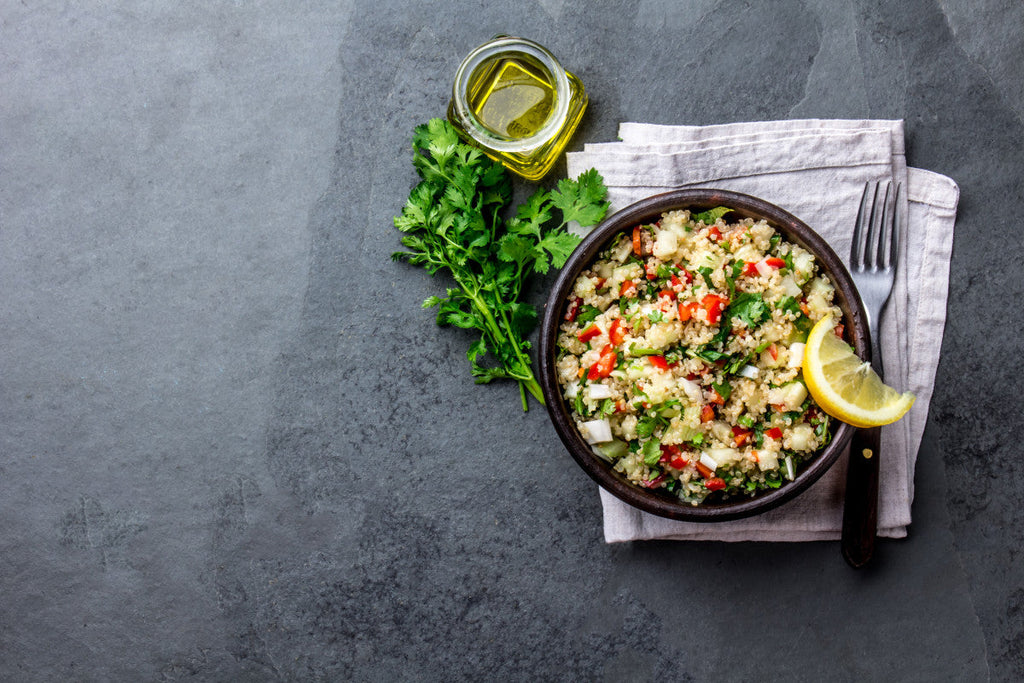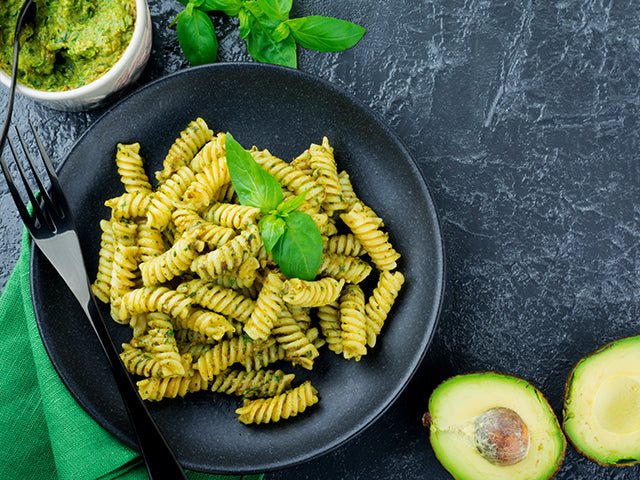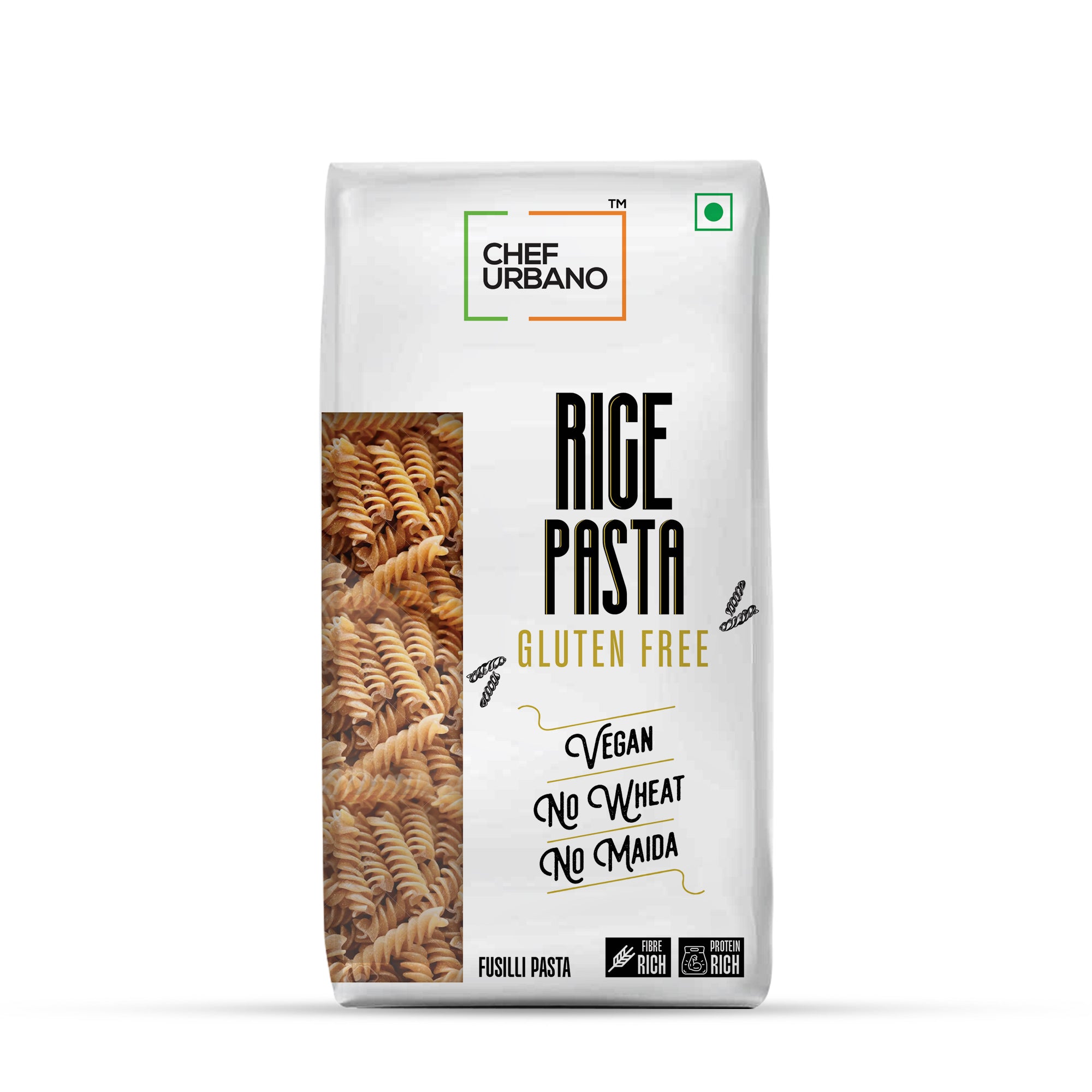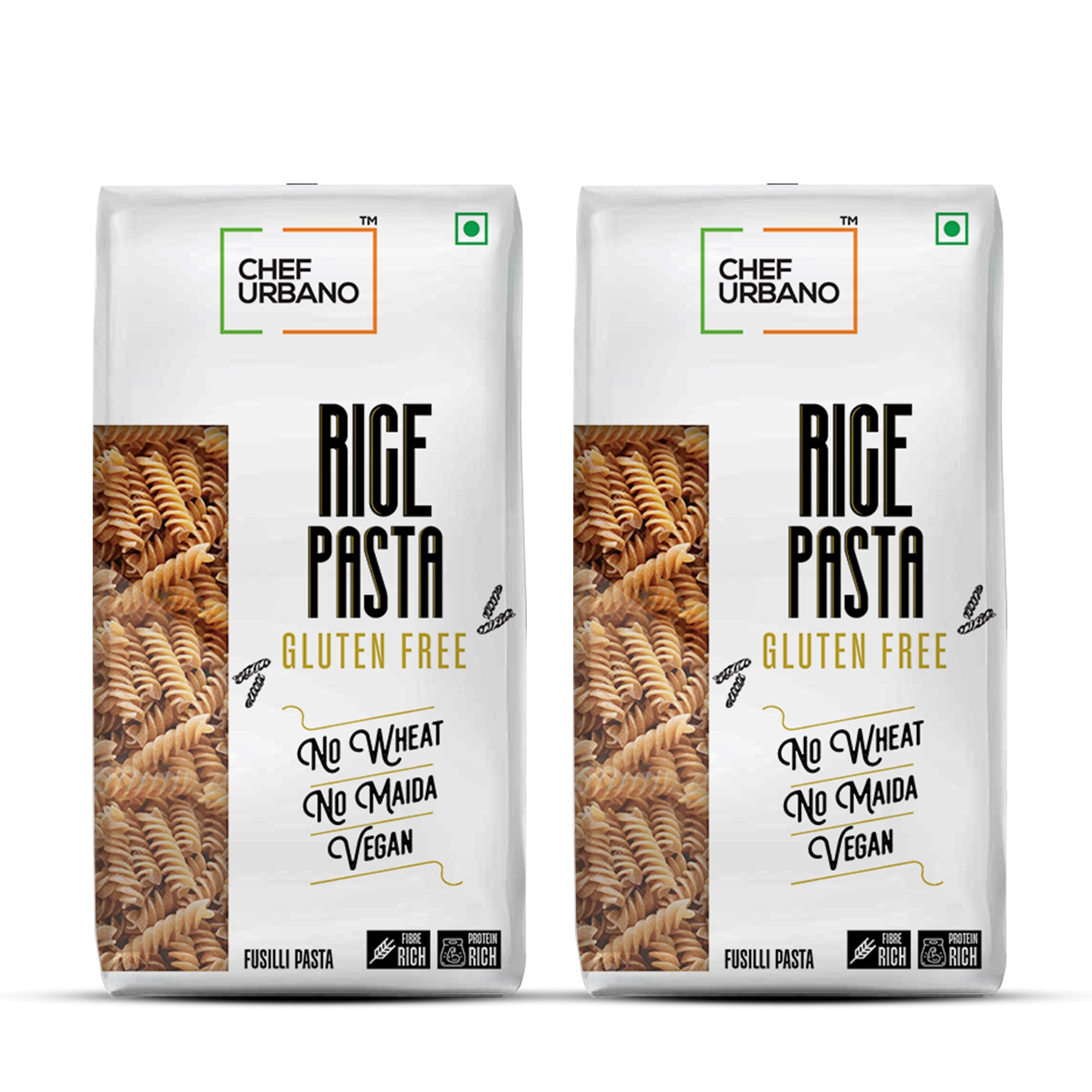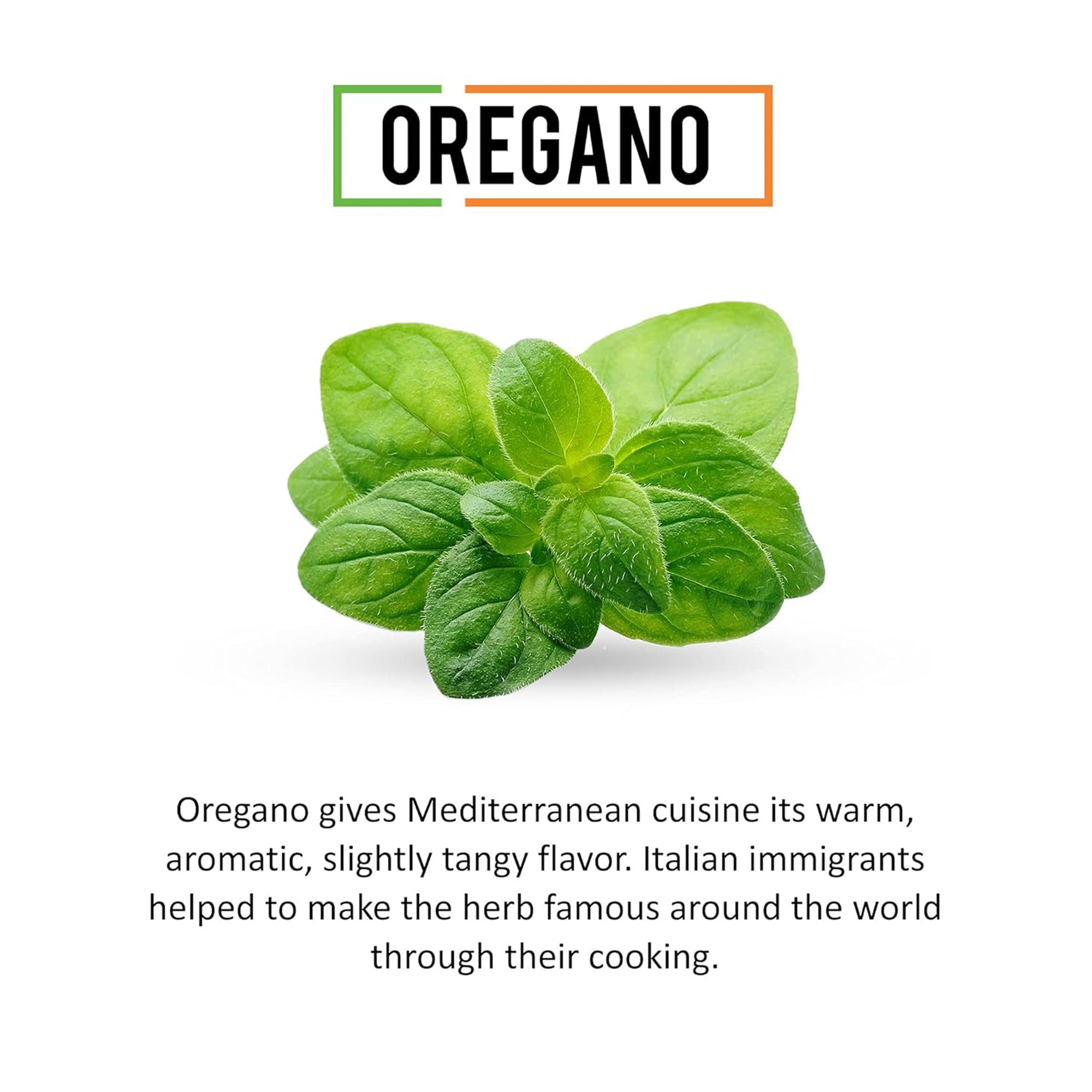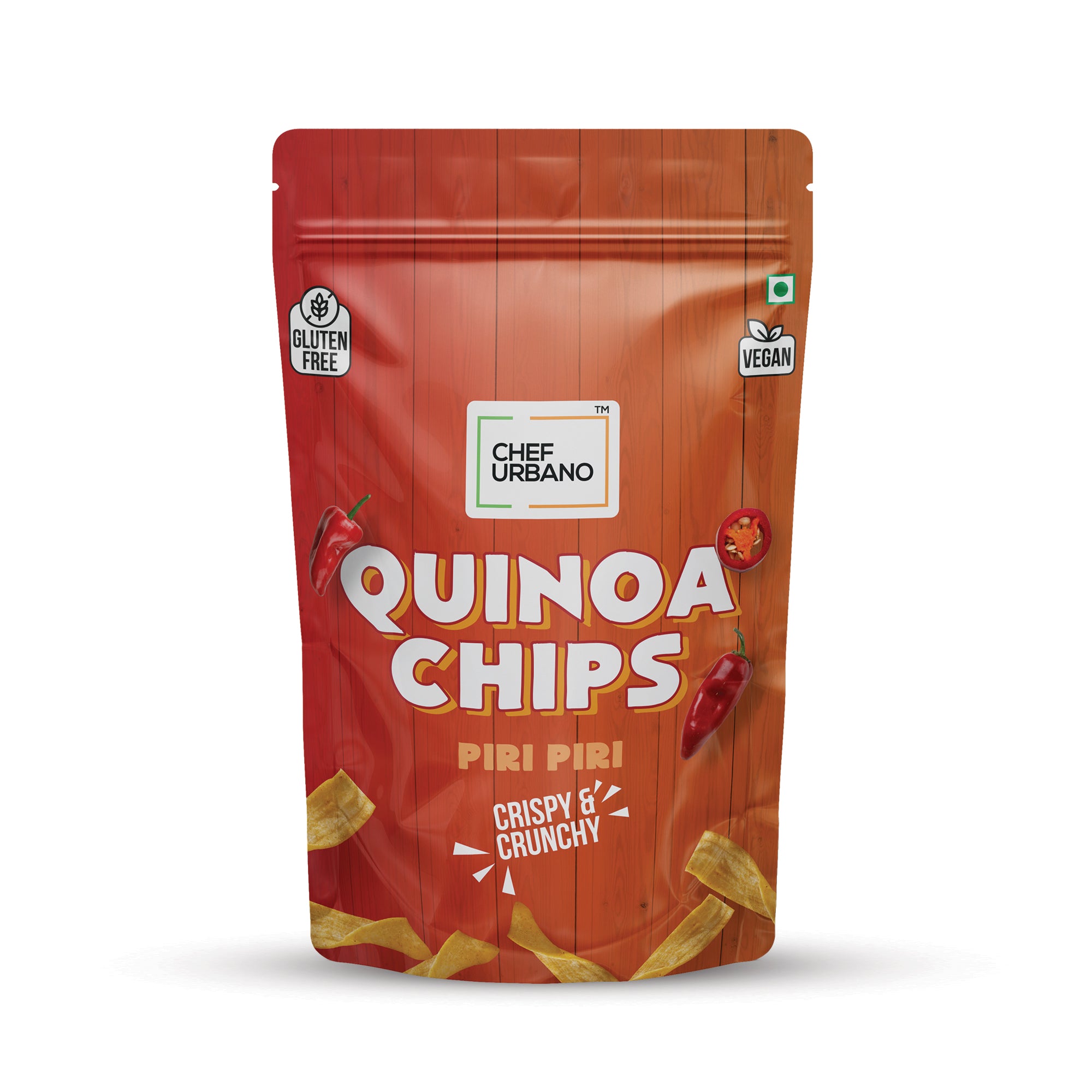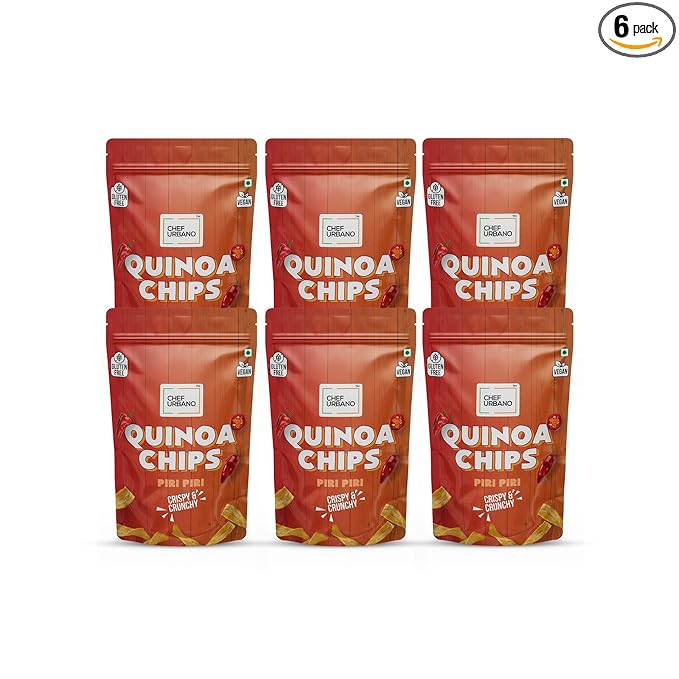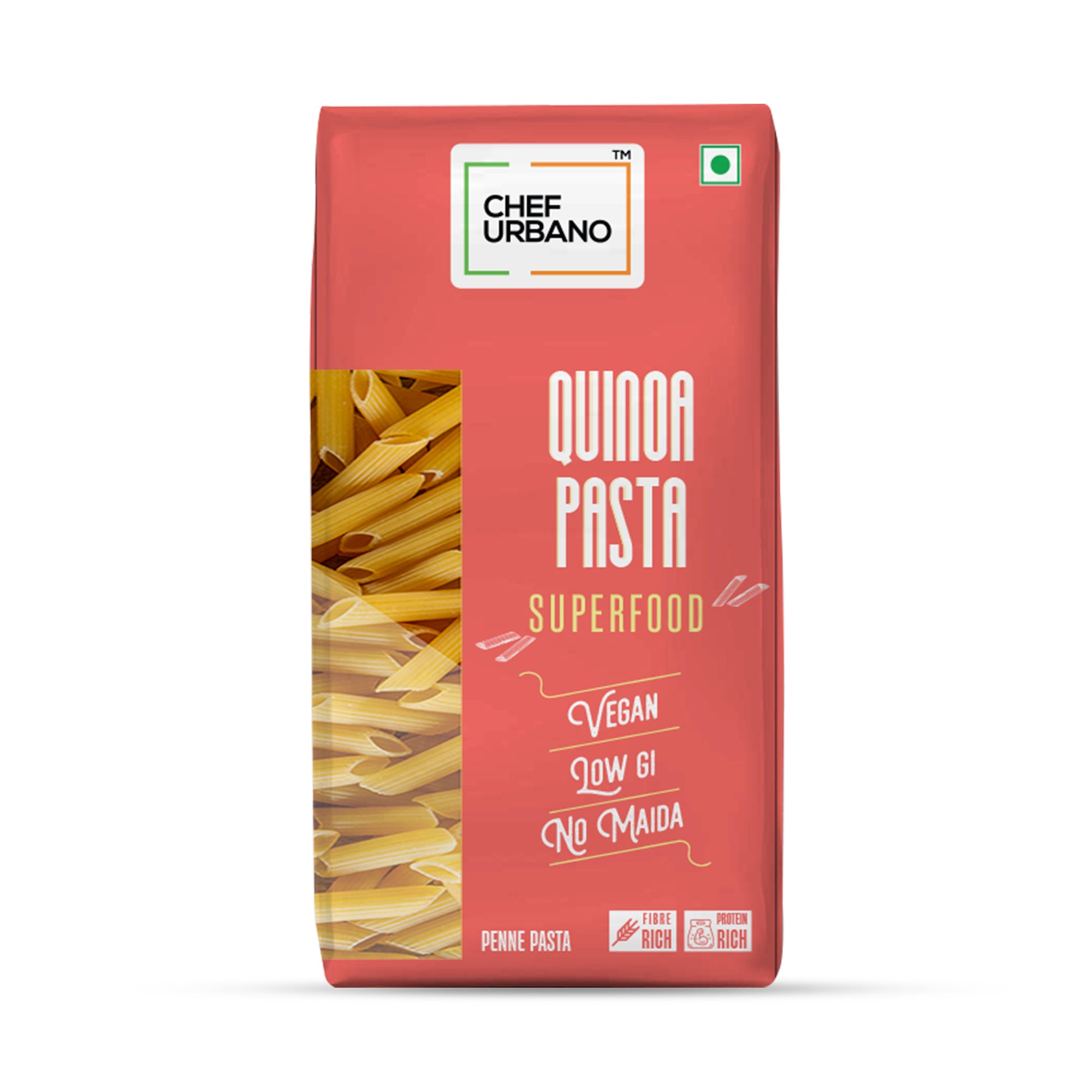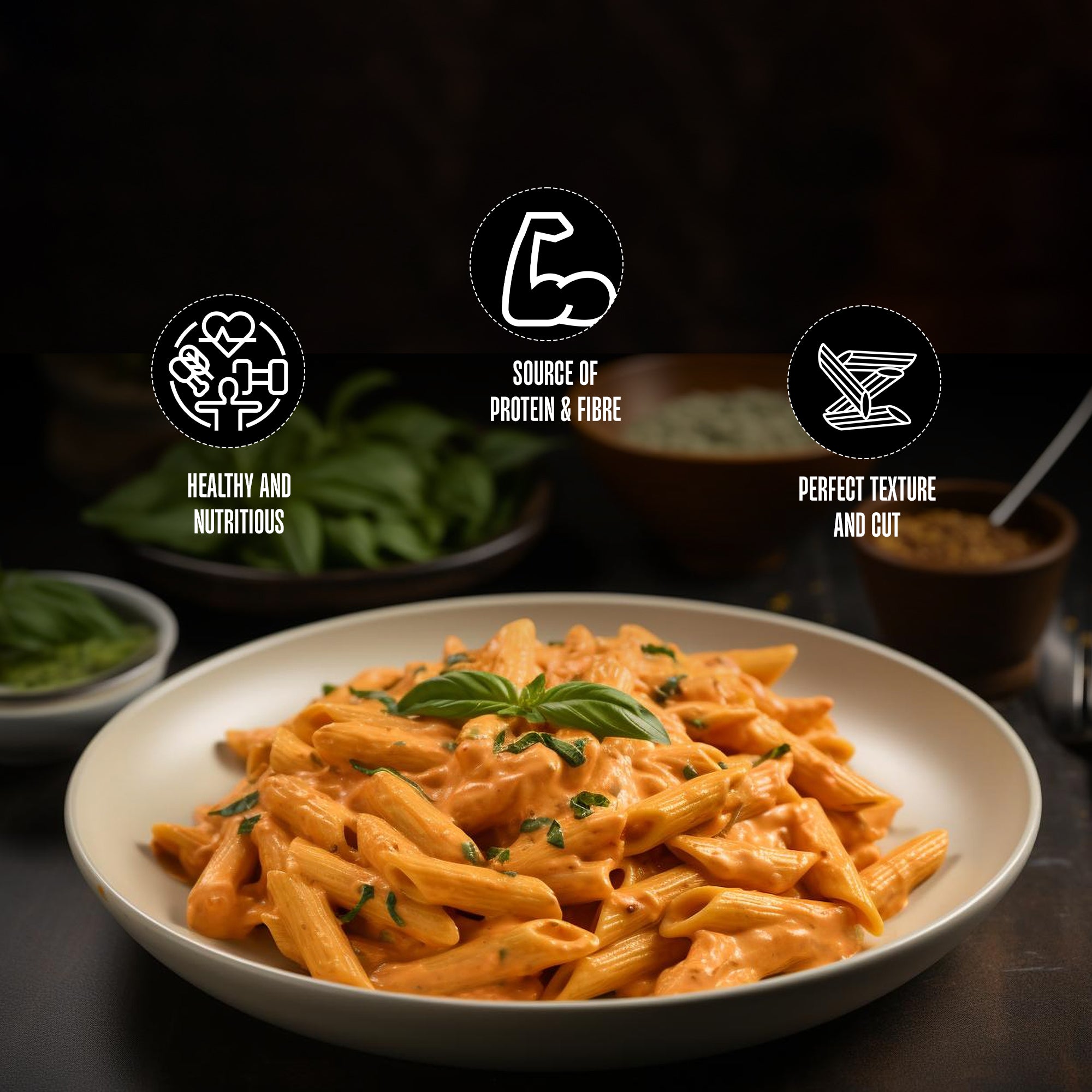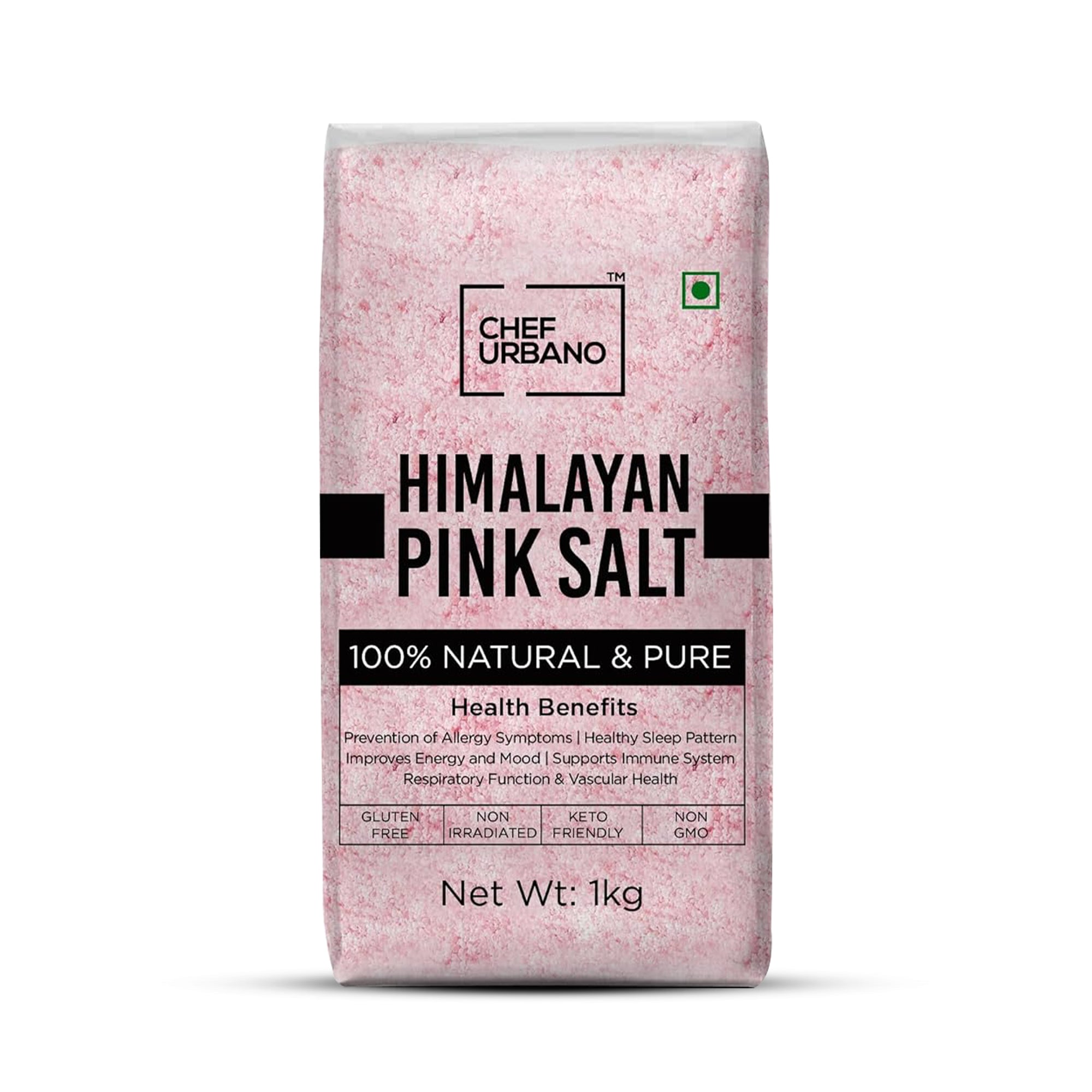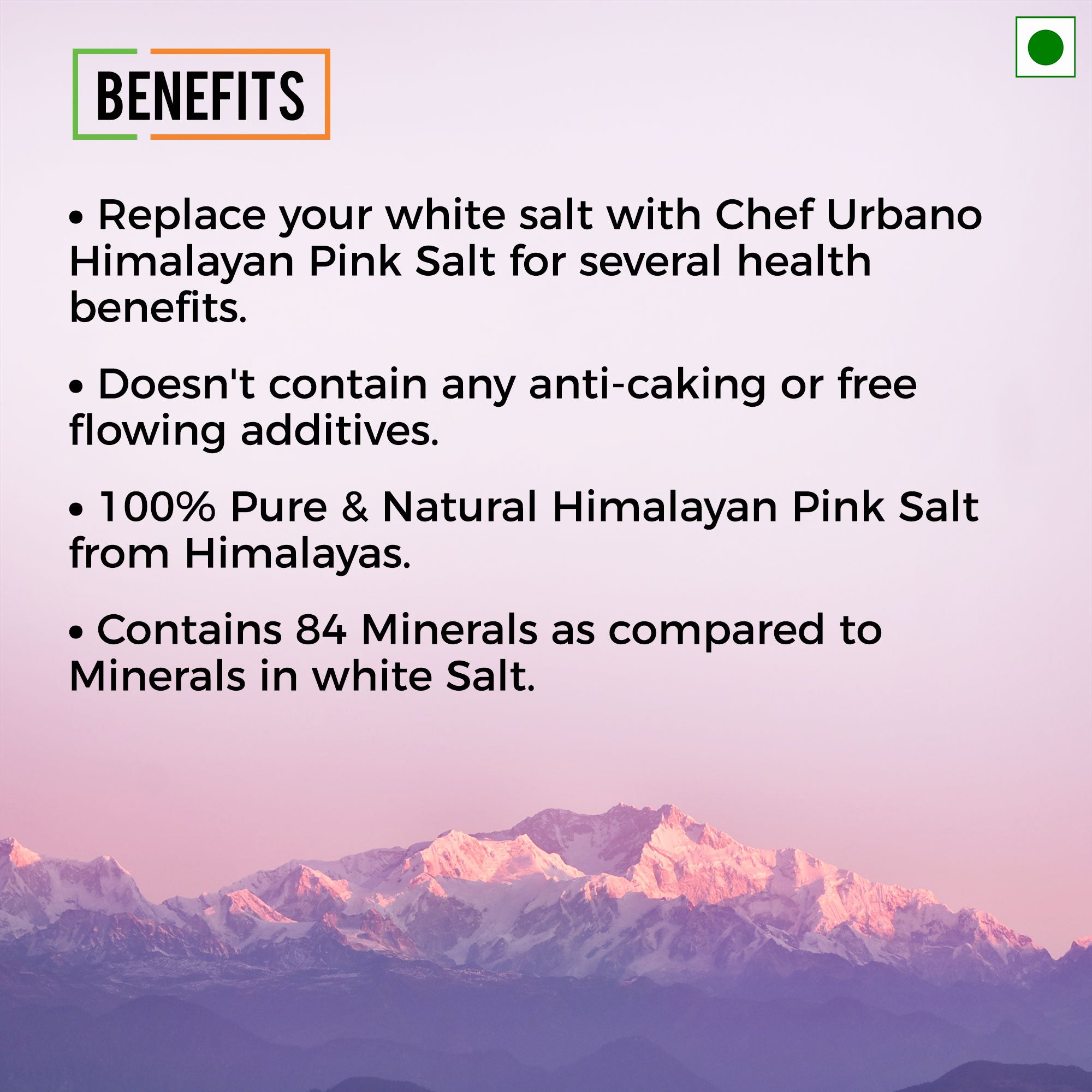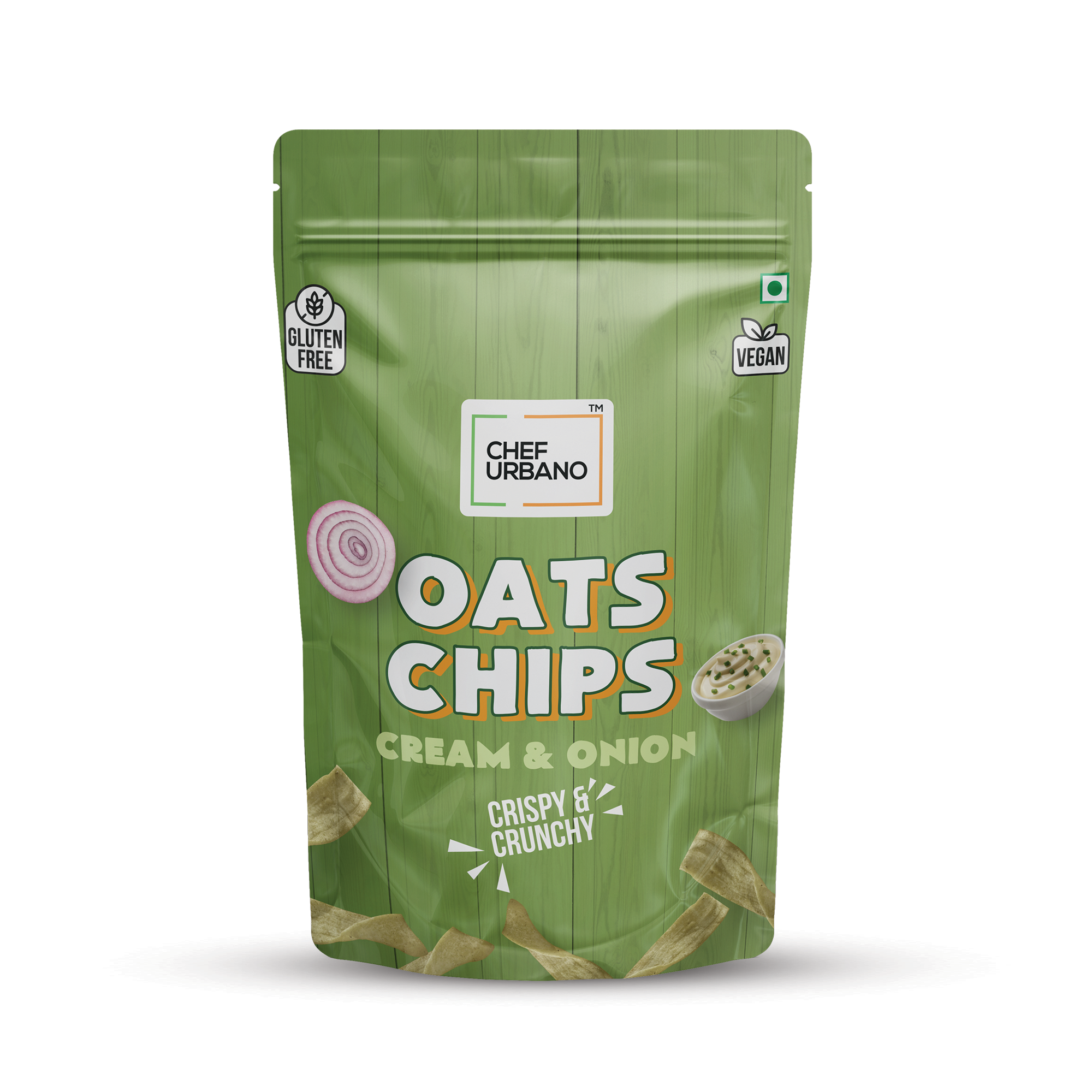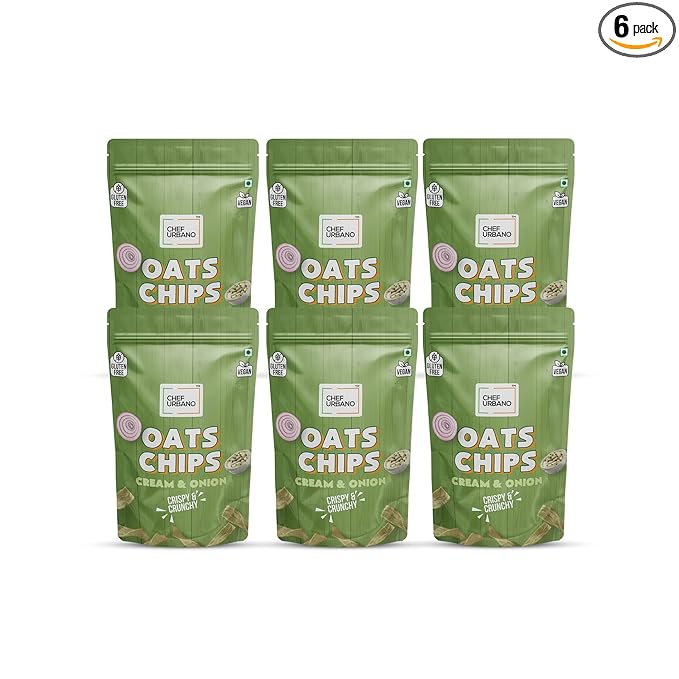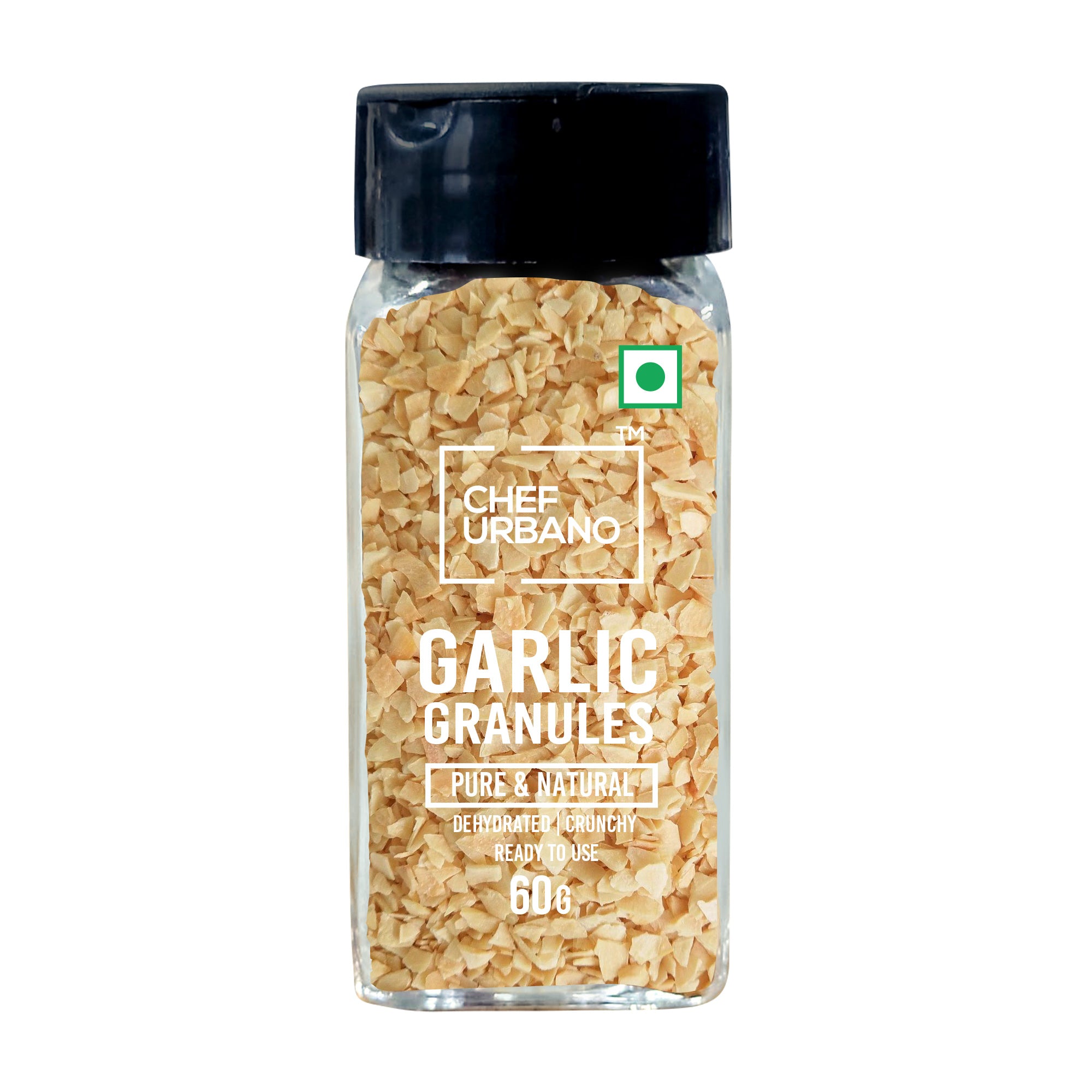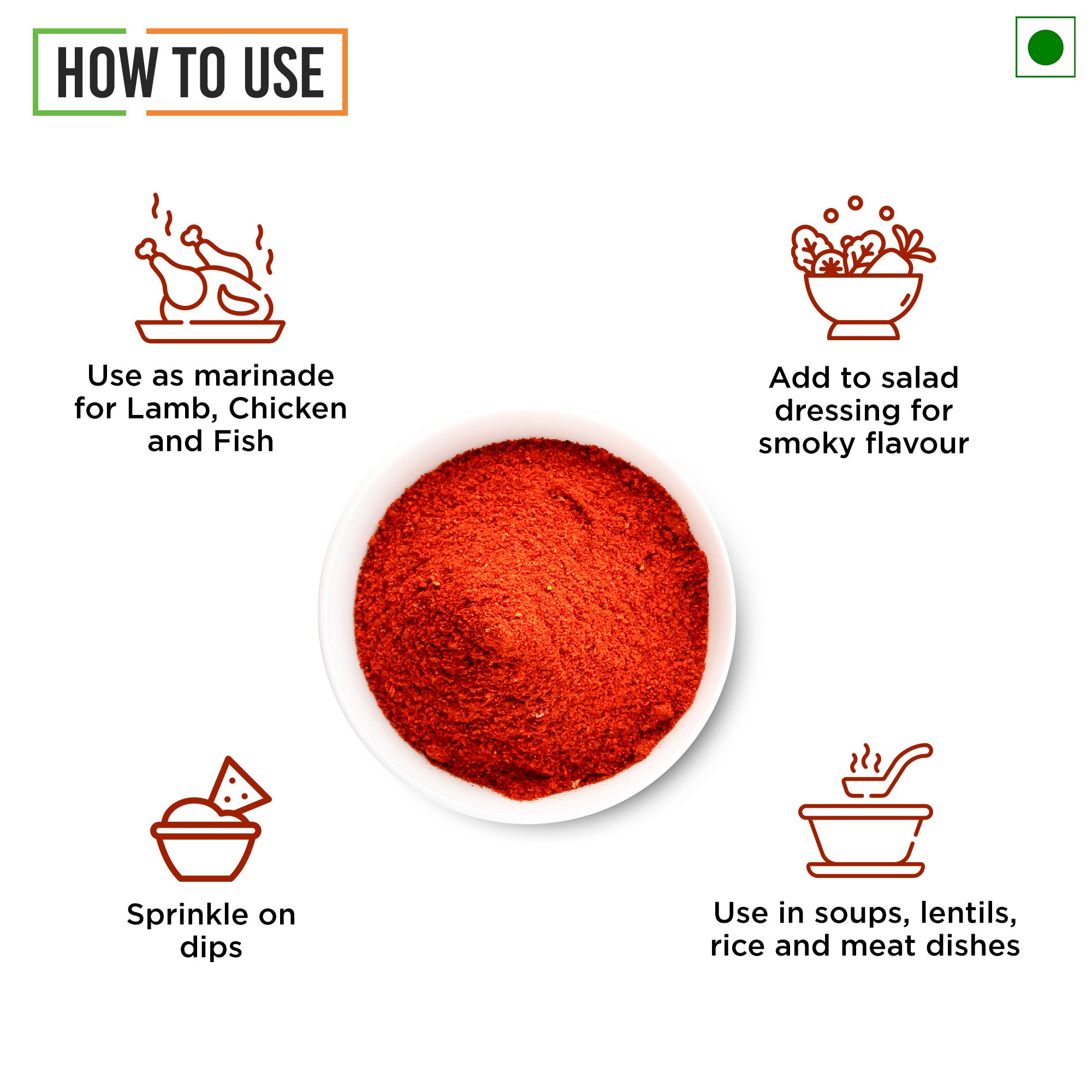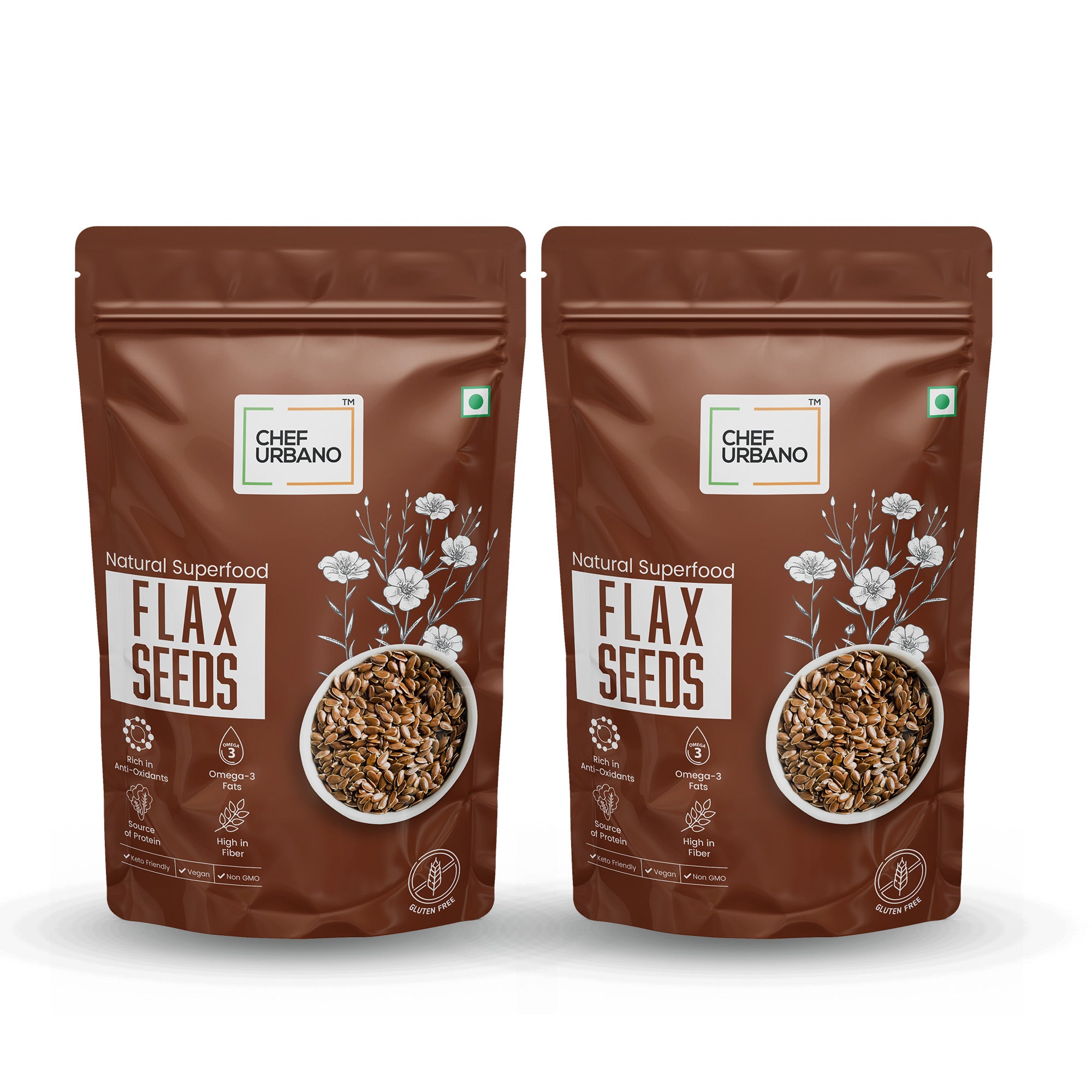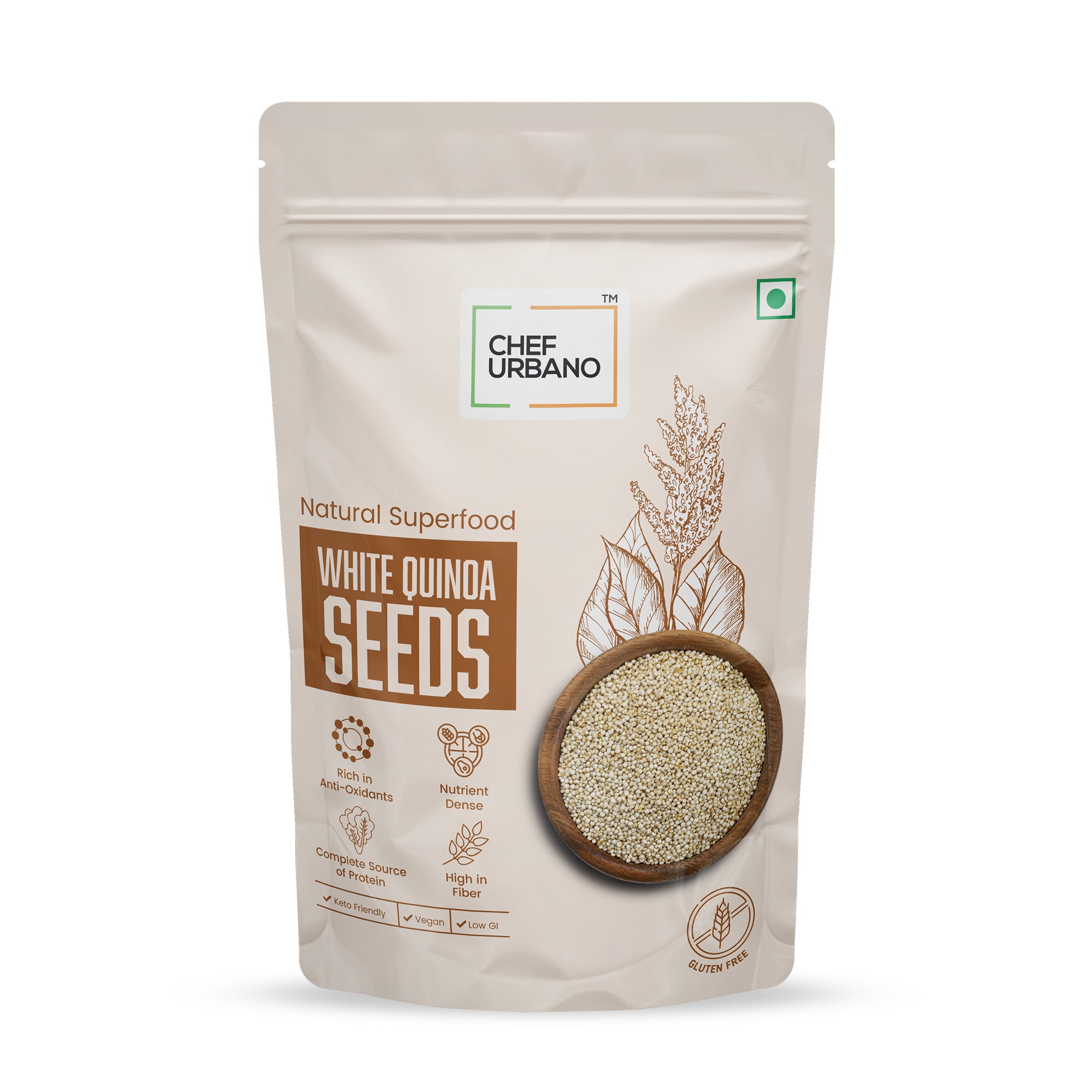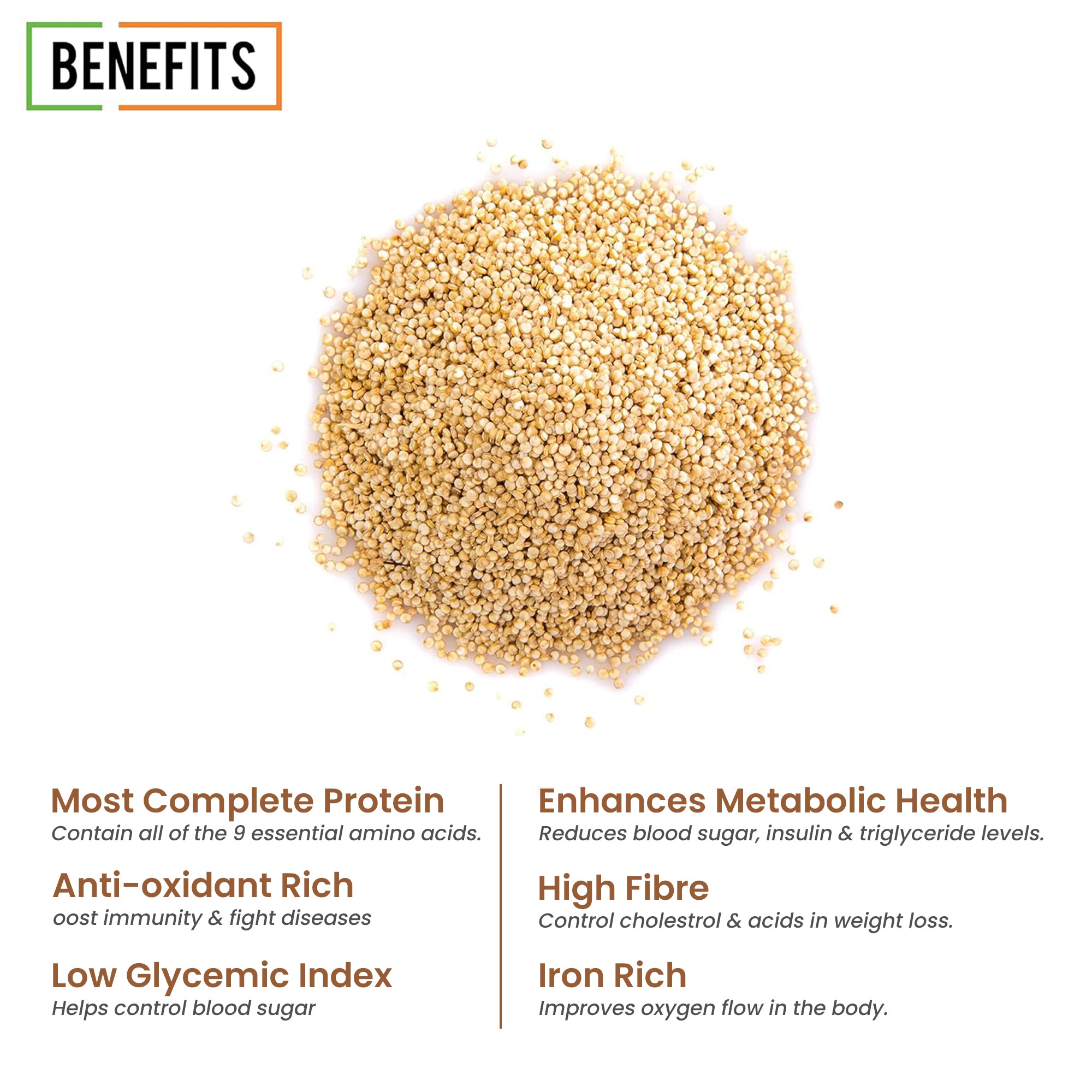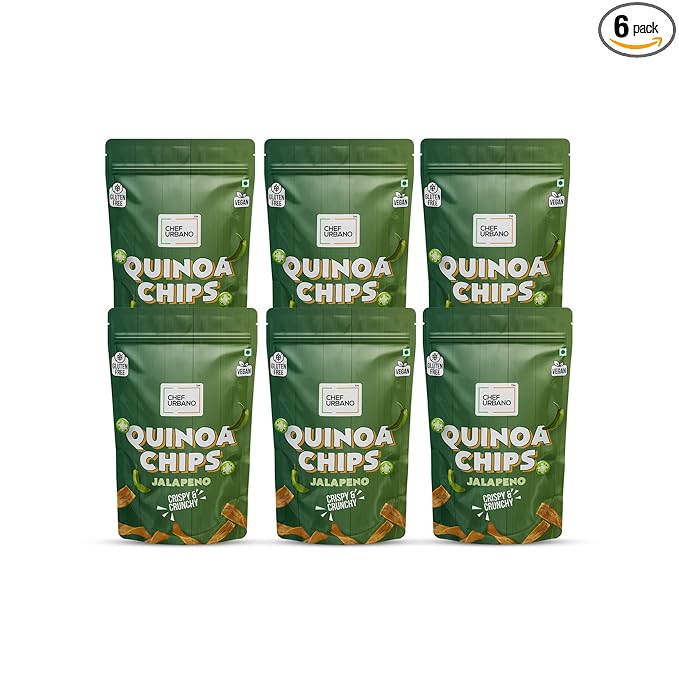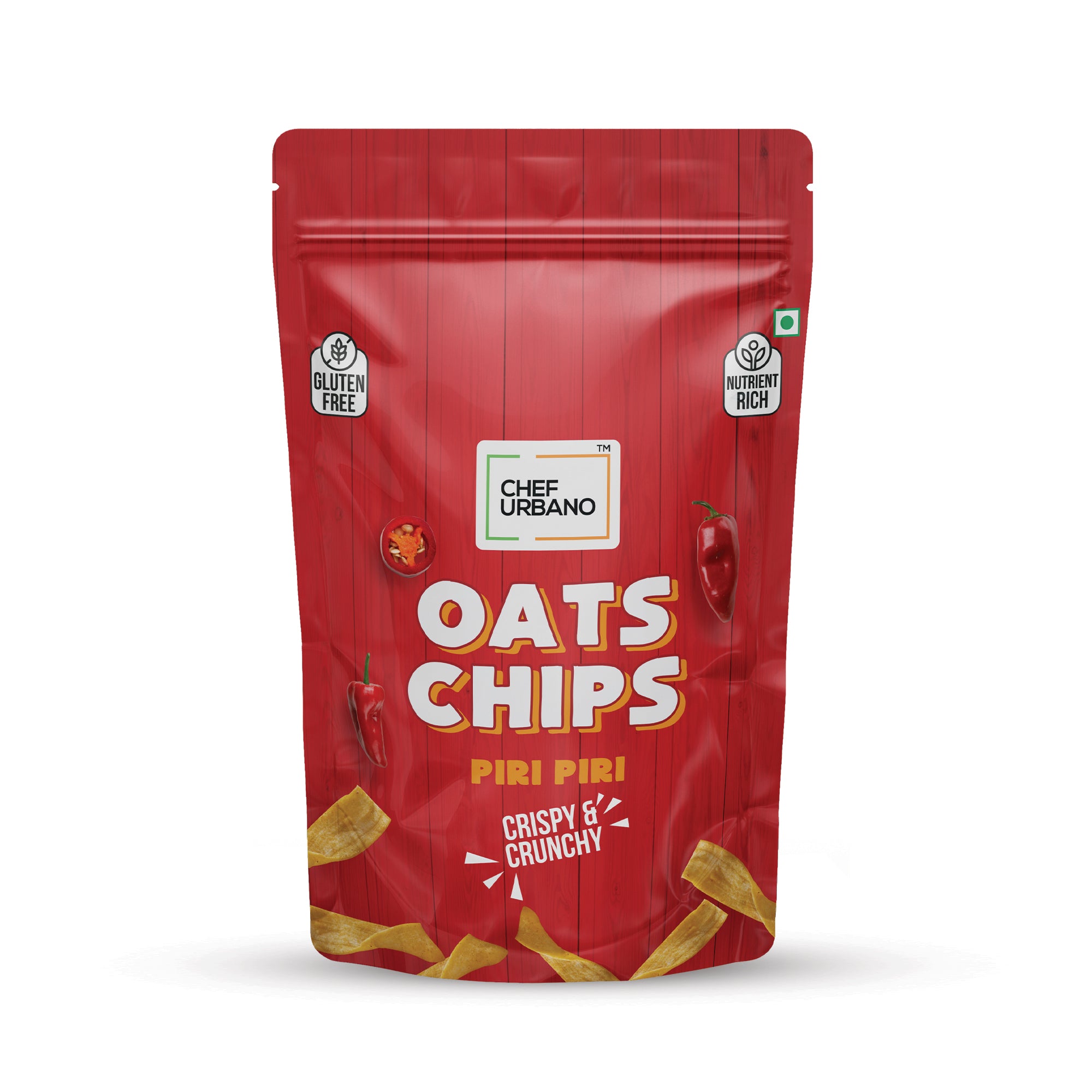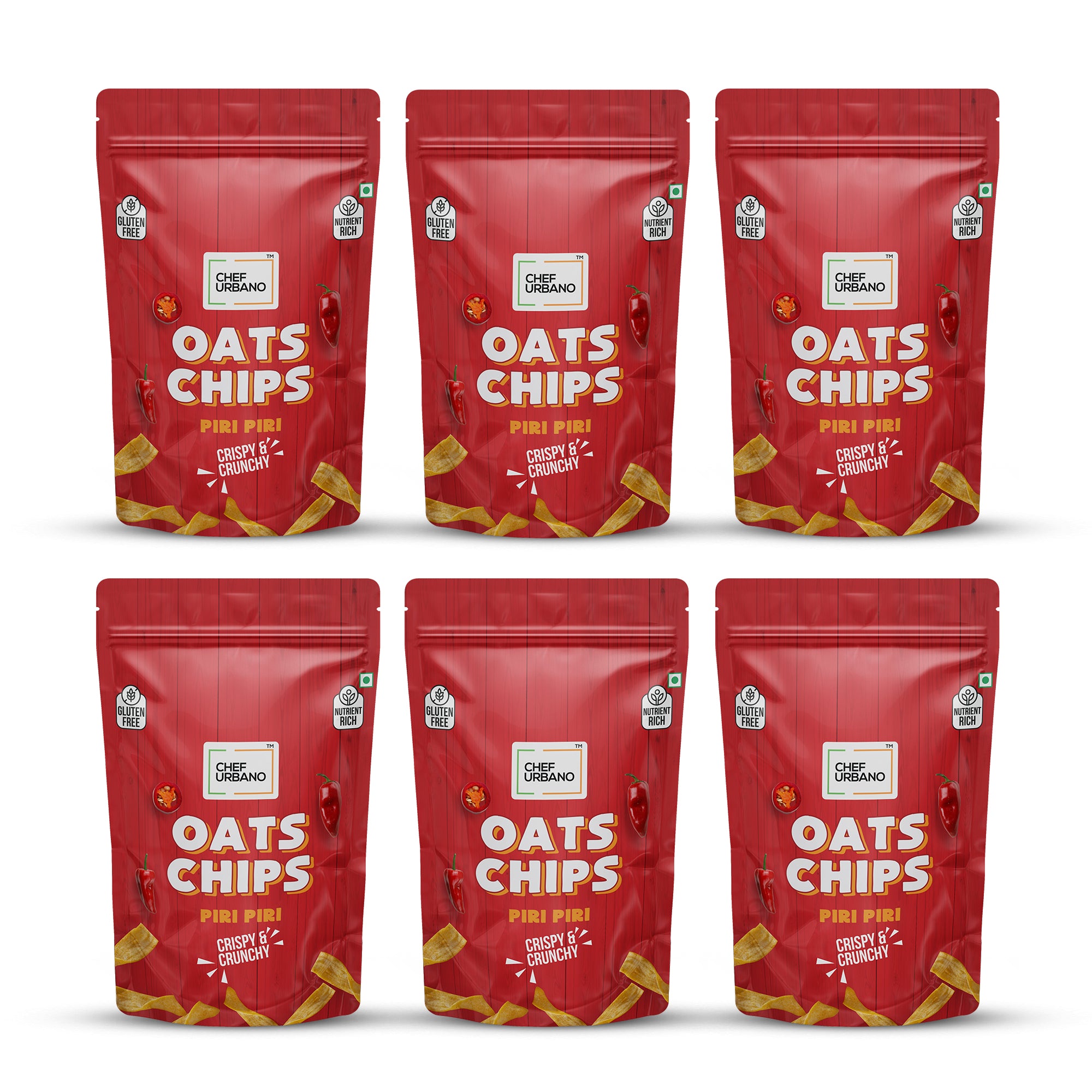
The Ultimate Guide to a Gluten-Free Diet: Benefits and Easy Swaps

For years, very few people knew what a gluten-free diet was or why it was necessary. Traditionally, gluten—a protein found in wheat, barley, and rye—was considered essential for a balanced diet. However, awareness about gluten-related health issues has increased significantly. Many people now understand that gluten can cause health complications for individuals with conditions like celiac disease, gluten sensitivity, and wheat allergies.
As more people adopt a gluten-free lifestyle, they also discover the numerous benefits it offers beyond medical necessity. A gluten-free diet can aid digestion, reduce inflammation, and improve overall well-being. Additionally, easy gluten-free swaps have made it more accessible than ever before.
In this guide, we’ll explore everything you need to know about a gluten-free diet, including its benefits and simple food substitutions.
What is Gluten?
Gluten is a structural protein found in wheat, rye, and barley. It provides elasticity to dough, helping it rise and maintain its shape. Common foods containing gluten include:
- Bread
- Pasta
- Cereals
- Baked goods
- Processed foods like sauces and dressings
While gluten is harmless for most people, it can trigger severe reactions in individuals with gluten-related disorders.
Why Do People Avoid Gluten?
-
Celiac Disease
Celiac disease is an autoimmune disorder where the immune system mistakenly attacks the small intestine when gluten is consumed. This can lead to nutrient malabsorption, digestive issues, fatigue, and long-term health problems. A strict gluten-free diet is the only treatment.
-
Non-Celiac Gluten Sensitivity
Some individuals experience symptoms similar to celiac disease, such as bloating, headaches, and fatigue, without testing positive for the condition. This is known as non-celiac gluten sensitivity (NCGS).
-
Wheat Allergy
A wheat allergy is an allergic reaction to wheat proteins, including gluten. Symptoms can range from mild (rashes, digestive discomfort) to severe (anaphylaxis). Avoiding gluten-containing wheat products is necessary for those with this allergy.
-
Irritable Bowel Syndrome (IBS) & Digestive Disorders
Some people with IBS and other digestive issues find relief by removing gluten from their diet.
-
Improved Overall Health
Even people without gluten-related disorders choose a gluten-free diet to reduce bloating, improve digestion, and increase energy levels.
Benefits of a Gluten-Free Diet
-
Improves Digestive Health
Many individuals report relief from bloating, constipation, and diarrhea after eliminating gluten from their diet.
-
Boosts Energy Levels
Gluten sensitivity can lead to chronic fatigue. Removing gluten helps the body absorb nutrients more efficiently, increasing energy levels.
-
Reduces Inflammation
A gluten-free diet can help reduce inflammation, particularly for those with autoimmune disorders.
-
Aids in Weight Management
Eliminating processed gluten-containing foods can lead to a healthier diet, promoting weight loss or maintenance. -
Enhances Mental Clarity
Many people report improved concentration and mental sharpness after switching to a gluten-free diet.
Easy Gluten-Free Swaps
Switching to a gluten-free lifestyle doesn’t mean giving up your favorite foods. Here are simple alternatives:
-
Bread & Baked Goods
- Swap: Gluten-free bread, almond flour, coconut flour, or oat flour
- Try: Rice cakes, corn tortillas, or homemade gluten-free baking mixes
-
Pasta
- Swap: Gluten-free Rice pasta, Gluten-free quinoa pasta, Gluten-free multiveggie pasta or Gluten-free multigrain pasta
- Try: Zoodles (zucchini noodles) or spaghetti squash
-
Flour
- Swap: Gluten-free Almond flour, Gluten-free coconut flour, Gluten-free rice flour, or Gluten-free sorghum flour
-
Breakfast Cereals
- Swap: Gluten-free oatmeal, cornflakes, or quinoa flakes
-
Snacks
- Swap: Popcorn, nuts, seeds, gluten-free granola bars
-
Sauces & Dressings
- Many store-bought sauces contain hidden gluten. Opt for homemade alternatives using gluten-free ingredients like tamari instead of soy sauce.
-
Beverages
- Swap: Gluten-free beer, herbal teas, and fresh juices instead of malted beverages
Common Mistakes to Avoid
- Not Reading Labels CarefullyMany processed foods contain hidden gluten. Always check ingredient lists for terms like wheat starch, malt extract, and modified food starch.
-
Assuming "Wheat-Free" Means Gluten-Free
A product labeled wheat-free may still contain gluten from barley or rye. -
Relying on Processed Gluten-Free Foods
While convenient, many packaged gluten-free foods are high in sugar and unhealthy additives. Focus on whole, naturally gluten-free foods. -
Skipping Nutrient-Rich Foods
A gluten-free diet can lack fiber and certain vitamins. Include fiber-rich foods like quinoa, brown rice, and fresh vegetables.
How to Transition to a Gluten-Free Diet
-
Start Slowly
If you're new to a gluten-free diet, begin by swapping out one or two meals at a time. -
Stock Up on Gluten-Free Essentials
Keep gluten-free staples in your kitchen, including gluten-free chips, pasta, flour grains, and cookies. -
Plan Your Meals
Meal prepping helps you avoid last-minute unhealthy choices. -
Experiment with New Recipes
Try new gluten-free recipes to make the transition enjoyable. -
Consult a Nutritionist
If you're unsure about getting enough nutrients, consult a dietitian to ensure a balanced diet.
FAQs about a Gluten-Free Diet
- Is a gluten-free diet healthy for everyone?Not necessarily. While it benefits those with gluten sensitivities, it's essential to maintain a well-balanced diet.
-
Can I eat gluten occasionally?
For those with celiac disease, strict avoidance is necessary. Others with mild sensitivity may tolerate occasional gluten. -
Are all oats gluten-free?
Not all oats are gluten-free. Look for certified gluten-free oats to avoid cross-contamination. -
How long does it take to see benefits?
Many people feel improvements within a few weeks of starting a gluten-free diet.
Conclusion
A gluten-free diet is not just a trend but a lifestyle choice that offers significant health benefits for those who need it. Whether you're managing a gluten-related disorder or simply aiming for better health, understanding gluten-free options can make the transition seamless.
By incorporating easy swaps and making informed food choices, adopting a gluten-free lifestyle is more accessible than ever. The key is to focus on whole, natural foods while avoiding processed gluten-free alternatives that lack essential nutrients.
Are you ready to embrace a gluten-free diet? Start small, make mindful choices, and enjoy the benefits of a healthier lifestyle!



